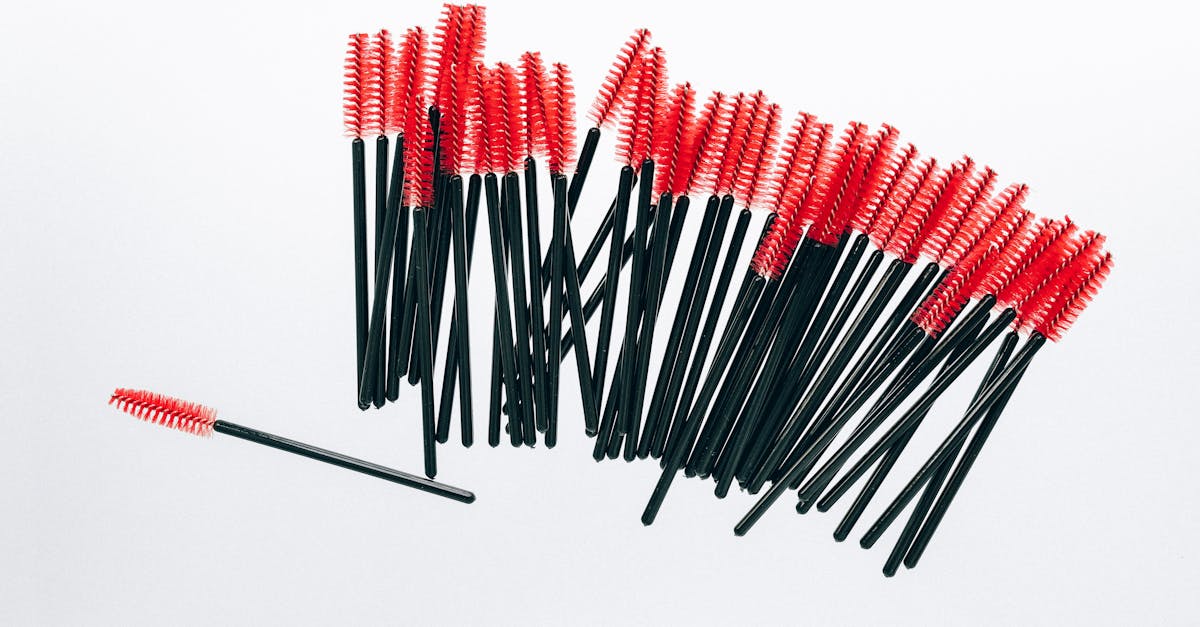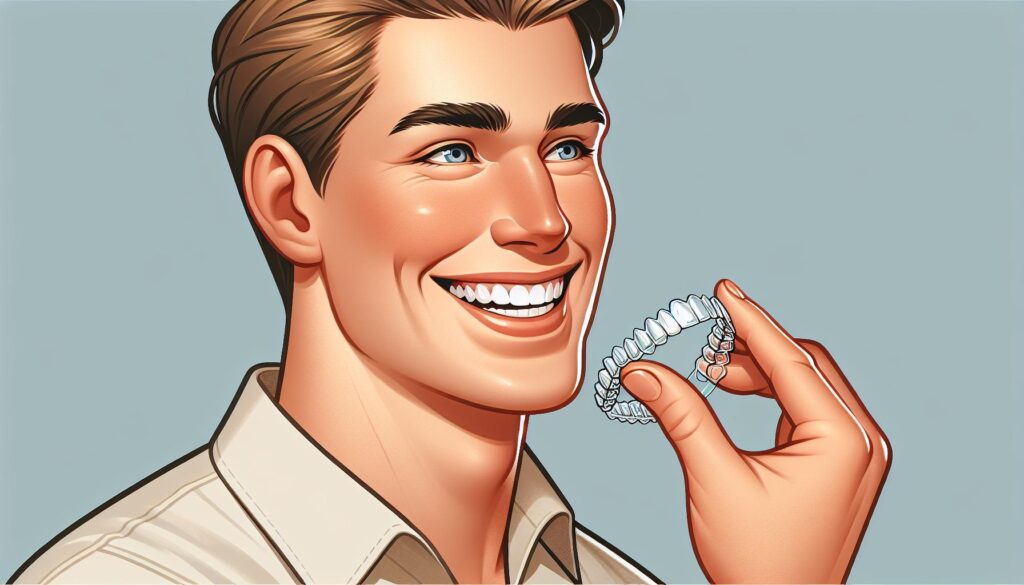Getting a dental filling can leave you wondering about the best way to care for your teeth afterward. One of the most common questions I hear is, “How long after a filling can I brush my teeth?” It’s a crucial concern because proper oral hygiene ensures the longevity of your filling and overall dental health.
In this article, I’ll guide you through the recommended waiting period before brushing and share some essential tips to keep your teeth and new filling in top shape. Whether it’s your first filling or a routine procedure, understanding the right aftercare can make a world of difference.
Understanding Dental Fillings
Dental fillings restore damaged teeth and maintain their functionality. When decay or damage removes part of a tooth, this material fills the space to prevent further deterioration. Materials commonly used for fillings include amalgam, composite resin, gold, and porcelain. Each material has distinct properties and benefits, which influence their suitability for different types of restorations.
Amalgam fillings, made from a mixture of metals, offer durability and strength, making them ideal for molar restorations. Composite resin fillings match the natural tooth color, providing an aesthetic advantage, especially for visible teeth. Gold fillings, though less common, provide excellent durability and can last over 20 years. Porcelain fillings, also known as inlays or onlays, offer a natural look and are resistant to staining.
Before deciding on a filling material, the dentist assesses the location and extent of the decay, along with the patient’s preferences. This evaluation ensures that the chosen material effectively restores the tooth while accommodating aesthetic and functional considerations. Understanding the nature of dental fillings helps in appreciating their role in oral health and preparing for proper aftercare.
Post-Filling Care Guidelines
To maintain your filling and ensure optimal dental health, follow these post-filling care guidelines.
Immediate Aftercare
Avoid eating or drinking hot beverages for at least two hours after a filling. Chew on the opposite side of your mouth to keep the fresh filling intact. Refrain from hard or sticky foods that could dislodge the filling.
Importance of Following Dentist’s Instructions
Adhere strictly to the guidance provided by your dentist. Proper post-procedure care enhances the longevity of your filling. Using the recommended oral hygiene practices and attending follow-up appointments are essential.
Timeframe to Start Brushing
After getting a dental filling, understanding when to start brushing is crucial for maintaining oral health.
Types of Fillings and Brushing
Different fillings require different care. For composite fillings, start brushing within 24 hours since they harden immediately under a blue light. Amalgam fillings, composed of metal, take about 24 hours to harden fully. Wait until the next day before brushing. Gold and porcelain fillings, typically prepared in a lab, also allow brushing the day after placement.
Potential Risks of Brushing Too Soon
Brushing too soon after a filling leads to complications. It can dislodge the filling, especially if it’s not fully set. This risk is higher for amalgam fillings. Brushing too early can also increase sensitivity and discomfort in the treated area. For these reasons, it’s essential to follow the specific waiting period advised by the dentist to ensure proper healing and filling integration.
Tips for Brushing After a Filling
After receiving a dental filling, maintaining your oral hygiene routine is crucial. Brush carefully to avoid disturbing the new filling and to ensure proper healing.
Choosing the Right Toothbrush
Selecting the right toothbrush matters when brushing after a filling. A soft-bristled toothbrush reduces the risk of damaging the filling or irritating the gum area adjacent to the filled tooth. By using gentle, circular motions, you can clean effectively without causing discomfort. I recommend electric toothbrushes as well, which can offer consistent pressure, thus minimizing potential damage to newly filled teeth.
Recommended Toothpaste
Using the right toothpaste can also help protect your new filling. Opt for non-abrasive toothpaste, which is less likely to cause wear on the filling material. Toothpaste with fluoride strengthens tooth enamel and provides added protection against decay. If sensitivity occurs post-filling, consider using desensitizing toothpaste to mitigate discomfort without compromising dental health.
Describing specific products, Arm & Hammer and Sensodyne offer toothpaste options ideal for post-filling care.
When to Contact Your Dentist
After getting a dental filling, contacting your dentist becomes necessary in certain situations. Monitoring the healing process, especially in the initial days, is crucial to detect any complications early.
- Persistent Pain: Pain beyond a few days post-filling isn’t normal. A mild discomfort is expected, but ongoing pain could indicate an issue with the filling.
- Sensitivity: If teeth remain sensitive to hot, cold, or sweet foods for an extended period, it might suggest a problem. A properly placed filling shouldn’t cause prolonged sensitivity.
- Biting Issues: If biting down causes discomfort, the filling might be too high. This misalignment needs adjustment to prevent further complications.
- Cracked or Lost Filling: Any noticeable cracks or a lost filling necessitates dentist intervention. Delaying treatment can lead to infections or further tooth decay.
- Swelling or Abscess: Swelling around the filled tooth or an abscess indicates an infection. Immediate dental care is essential to avoid more severe health issues.
- Color Change: A sudden color change around the filled area signals potential decay. Contact your dentist for an evaluation.
- Bad Taste or Smell: Bad taste or odor around the filling suggests possible infection or material issues. A timely dental checkup can address such problems.
Communicating any of these signs with your dentist ensures timely intervention, maintaining oral health and ensuring the longevity of your dental fillings.
Conclusion
Understanding how long to wait before brushing your teeth after a filling is vital for maintaining both oral hygiene and the integrity of the filling. Each type of filling has its own specific care requirements and waiting periods. Always follow your dentist’s instructions and don’t hesitate to reach out if you experience any unusual symptoms. Proper post-filling care ensures your dental work lasts longer and keeps your teeth in the best possible condition. Remember your dentist is your best resource for any concerns or questions you may have.
Frequently Asked Questions
What is the purpose of a dental filling?
The primary purpose of a dental filling is to restore the function and shape of a damaged tooth, typically caused by tooth decay. Fillings help protect the tooth from further decay and maintain overall oral health.
How long should I wait to eat after getting a dental filling?
You should wait at least one hour before eating after getting a dental filling. For silver amalgam fillings, wait 24 hours before chewing on that side. Composite fillings set immediately, but it’s best to follow your dentist’s specific instructions.
What types of materials are used for dental fillings?
Common materials used for dental fillings include composite resin, amalgam (silver), gold, and ceramic. The choice of material depends on factors like decay extent, tooth location, and patient preference.
Can I brush my teeth immediately after a dental filling?
Brushing immediately after a filling isn’t recommended. It’s generally safe to brush after 24 hours, but always follow your dentist’s guidelines, especially for different types of fillings, to prevent complications.
What should I do if I feel persistent pain after a filling?
If you experience persistent pain after a filling, contact your dentist as soon as possible. Persistent pain can indicate issues like an improperly shaped filling, tooth sensitivity, or deeper dental problems that need attention.
How do I care for my dental filling to ensure its longevity?
To ensure the longevity of your dental filling, practice good oral hygiene, avoid chewing hard foods directly on the filled tooth, stay away from extremely hot or cold foods immediately post-filling, and attend regular dental check-ups.
What are some signs that indicate I should contact my dentist after a filling?
You should contact your dentist if you experience symptoms like persistent pain, prolonged sensitivity, difficulty biting, cracked or lost fillings, swelling or abscess formation, changes in filling color, or a bad taste or smell in your mouth.
Can a filling fall out, and what should I do if it does?
Yes, a filling can fall out due to factors like decay around the filling or stress on the tooth. If a filling falls out, keep the area clean, try to save the filling, and contact your dentist immediately for prompt treatment.
Why do fillings sometimes cause tooth sensitivity?
Fillings can cause tooth sensitivity due to the removal of decayed tooth structure, exposure of the inner tooth layers, or the materials used. This sensitivity usually subsides within a few weeks; if not, consult your dentist.


